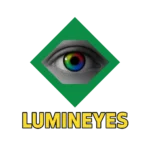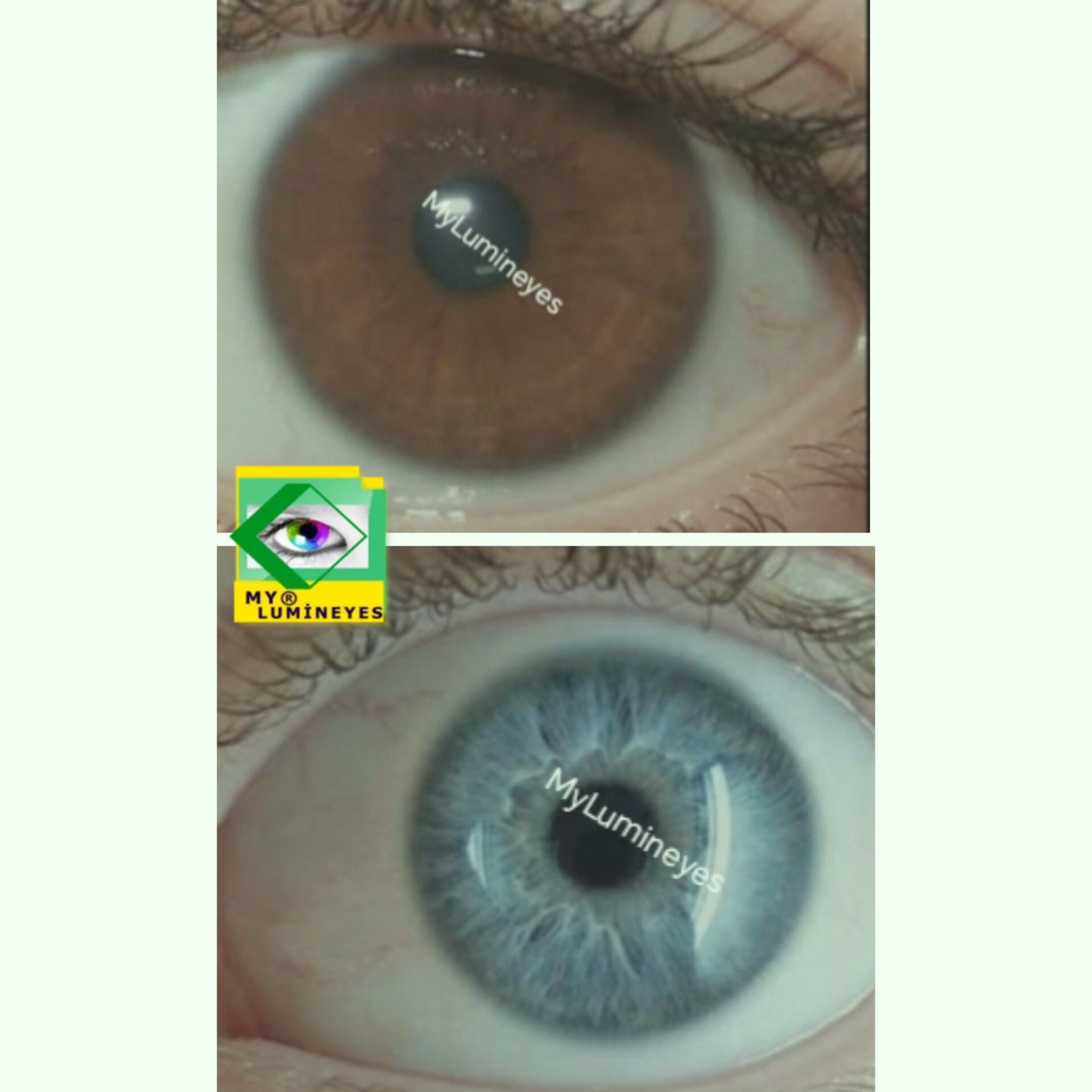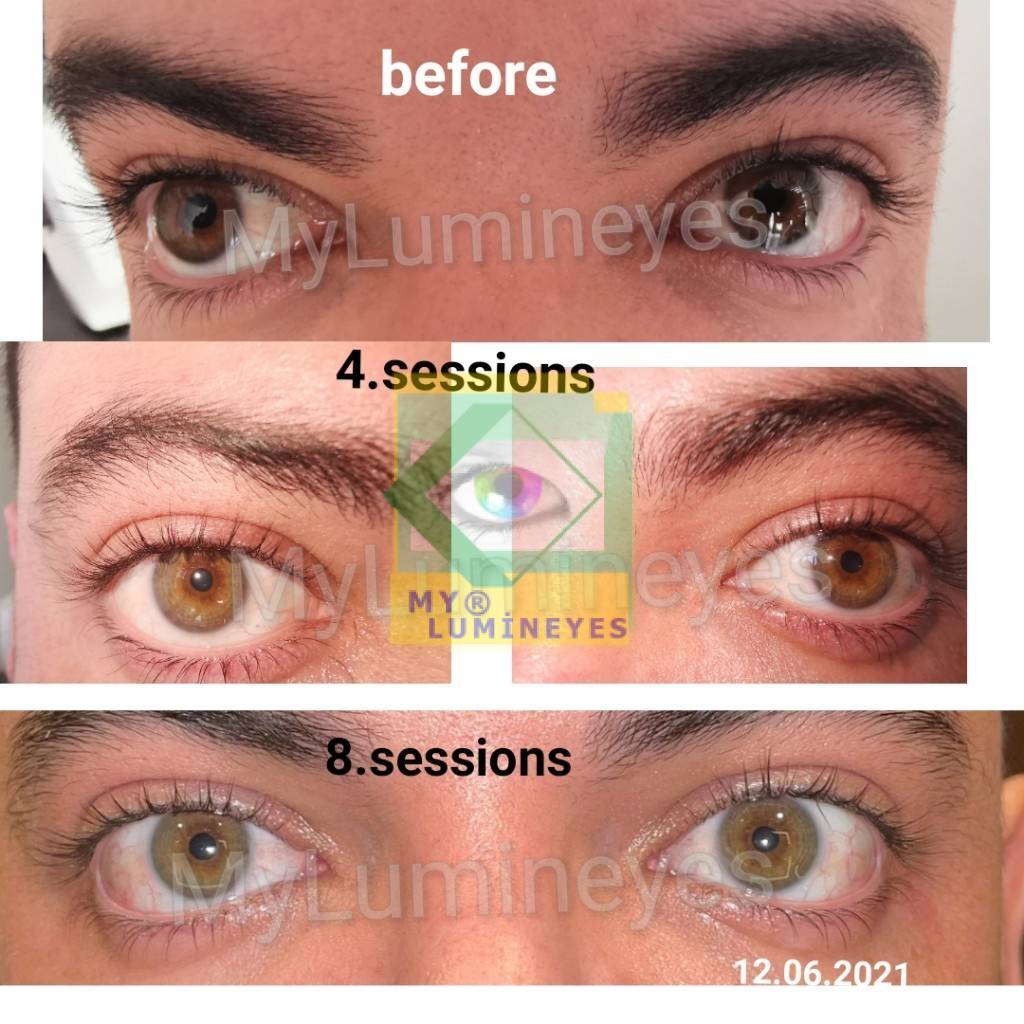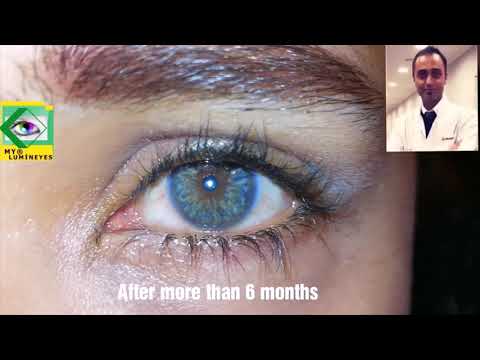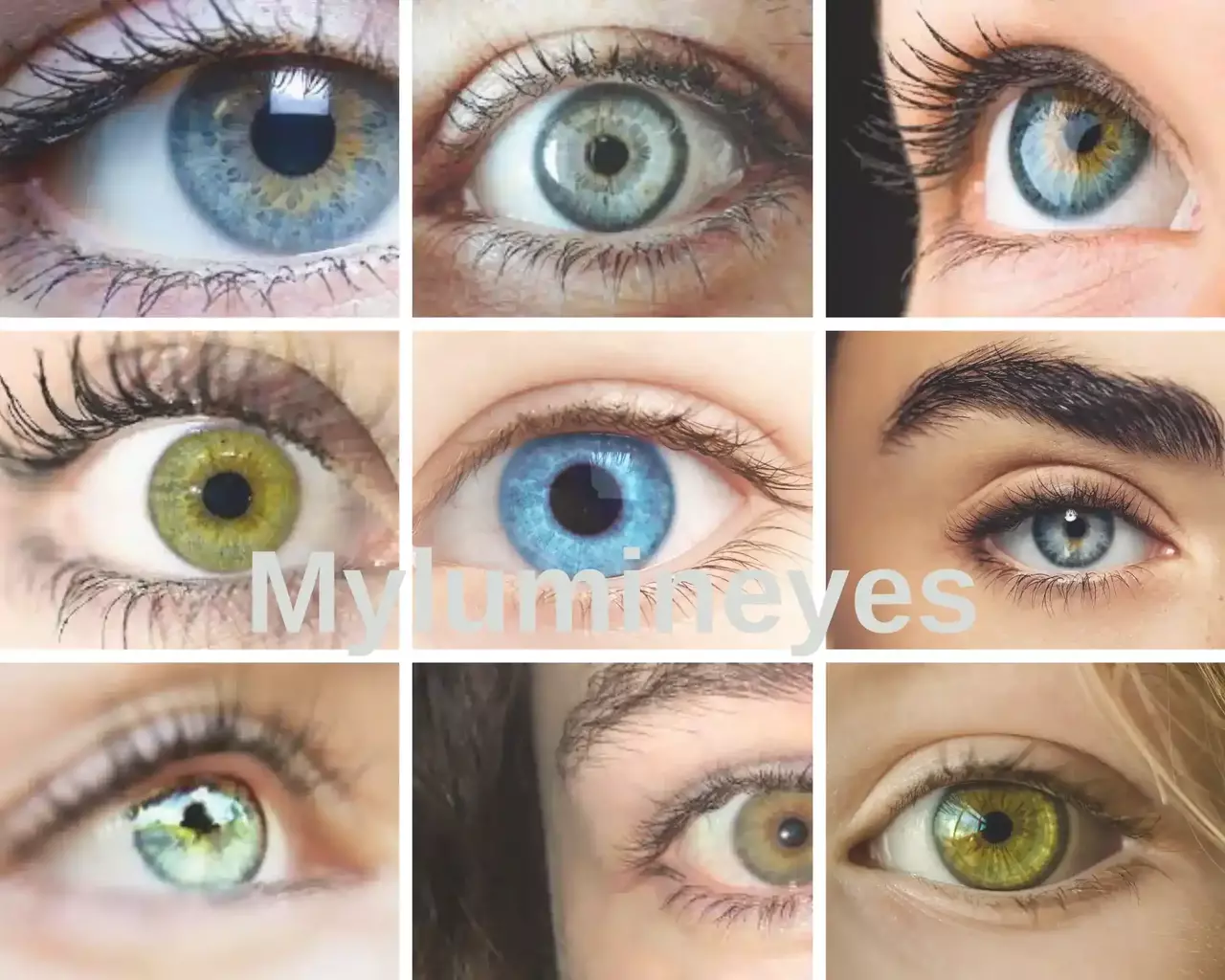Pigment dispersion syndrome and Heterochromia laser therapy
Pigment dispersion syndrome (PDS) is a condition caused by the release of pigment from the iris pigment epithelium and the accumulation of this pigment in the anterior segment structures. Actually, pigment release occurs as a result of the continuous friction of the iris pigment epithelium on the lens and zonula. This event causes heterochromia for a while. In our clinic, we can apply different laser treatments for patients with pigment dispersion syndrome (PDS).
Selective laser trabecoloplasty is beneficial especially in patients with increased eye pressure.
Heterochromia laser therapy provides benefits in addition to drugs for pigmentary glaucoma and pigment dispersion syndrome.
Heterochromia’s Causes:
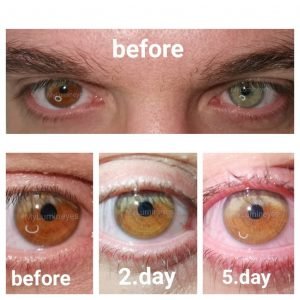
Genes play a big role in this situation, which is probably the most common answer. This is generally caused by a harmless mutation that changes the melanin pigment event in the eye. It was suggested in a very thorough study that central heterochromia will happen at birth.This can happen to anyone, regardless of whether they have a history of heterochromia in their family.
It is not connected to any pain and has minimal effect on net managing power. Under these conditions, diagnosis or treatment are not necessary. But it has to be addressed if your heterochromia results from fuchs uveitis or pigment dispersion syndrome. The picture shows us applying heterochromia laser treatment to a patient. We established that it is treatable for the first time ever worldwide.
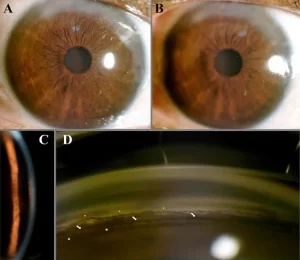
MEDICAL JOURNEY
Patients diagnosed with pigment dispersion syndrome and pigmentary glaucoma have a clearly defined and well-documented progression of the disease. The illness is divided into four clinical phases.
Pigment dispersion syndrome refers to a medical condition characterized by the dispersion of pigment particles in the eye. During this stage, there is a significant release and storage of pigments, which is enhanced by exercise, stress, accommodation, and mydriasis. There is no temporary or permanent increase in intraocular pressure.
Pigment dispersion syndrome with ocular hypertension:
In addition to the above findings, there is a temporary or permanent increase in intraocular pressure.
Pigmentary glaucoma is typically begins between the age range of 20-30. Myopes are more prone to it. These individuals have a condition where the iris is positioned near the lens. As the iris moves, the pigment responsible for eye color leaks into the aqueous humor and obstructs the trabecular network. And as a result, iop will increase.
Also Regarding pigmentary glaucoma, there have been additional findings that suggest the presence of glaucoma, including alterations in the optic nerve head and visual field which are not present in ocular hypertension.
There are several important stages in pigmentary glaucoma:
Stage of regression: This stage is associated with the fewest number of diagnoses. Pigment is released by the anterior section under specific circumstances. The intraocular pressure returns to its baseline level, and the pigmentation in the trabecular meshwork decreases. The changes in the visual field, skull, and optic nerve are permanent and cannot be reversed. This situation shares similarities with low-tension glaucoma.
There are many factors that cause heterochromia, among them, patients with pigmentary glaucoma have a large place. In dark eyes, the shed pigment cells can block the angle. In this case, we apply drug treatment together with yag laser iridotomy and selective laser methods.
How is glaucoma treated?
There are three main ways to treat glaucoma.
Medication
Surgical treatment
laser therapy
Medication
First, you lower the patient’s eye pressure, either by reducing the production of fluid in the eye or by increasing its output. There are drugs for both. These are drugs that are taken at regular intervals every day and are used for life. If the patient’s eye pressure does not decrease and the visual field narrows despite drug treatment; The treatment method to be applied is surgery. Cases apply various methods for this.
Probably one of the best ways is to sit in front of a mirror and pull the lower eyelid down, putting a drop in the space between the eye and the lid. The lids should then be closed for one minute. The reason for this is to reduce the amount of drops that go to the eye spring and pass from there to the general circulation. In addition, combination of drugs and laser mostly very effective.
Surgical treatment for pigment dispersion syndrome
With surgery, you make a hole in the white part of the eye. With this hole, which is too small to be seen from the outside, you evacuate the excess fluid from the eye.
Although the treatment is mostly interrupted in patients who have had surgery, this is not possible in all patients. Glaucoma patients should have their eye pressure measured at regular intervals, their optic nerves should be evaluated, and their visual fields should be examined.
Nerve fiber thickness measurements and optic nerve tomography should be performed at certain intervals in some of the cases, especially in the initial period. There is no evidence that any particular food or vitamin is helpful in the treatment of glaucoma.
laser therapy in pigment dispersion syndrome
Laser beam can be used for various purposes in the treatment of eye pressure. Firstly; It is used in the treatment of acute glaucoma crisis and to prevent the other eye from entering the crisis. This method is very successful when applied without delay. Secondly, in cases of chronic glaucoma, it is applied to the filter-like outflow channels to facilitate the outflow of the fluid made in the eye.
However, the effectiveness of this method (laser trabeculoplasty) varies from person to person. Mostly, the patient continues to use the drops, but their number and frequency can be reduced. If sufficient pressure reduction cannot be achieved with laser treatment, surgical treatment may be required. Additionally, if pigment cells shed in dark eyes are blocking the angle in especially pigment dispersion syndrome , laser treatment will definitely be required here. Finally, If the laser is ineffective, surgery may be considered.
Can we correct heterochromic or impaired eye color in patients with pigment dispersion syndrome?
“Lumineyes Xtra” laser eye color change surgery procedure was performed for the first time in the world by Dr.Mete to improve the eye color of a glaucoma patient and to treat glaucoma, and the results were very successful.
